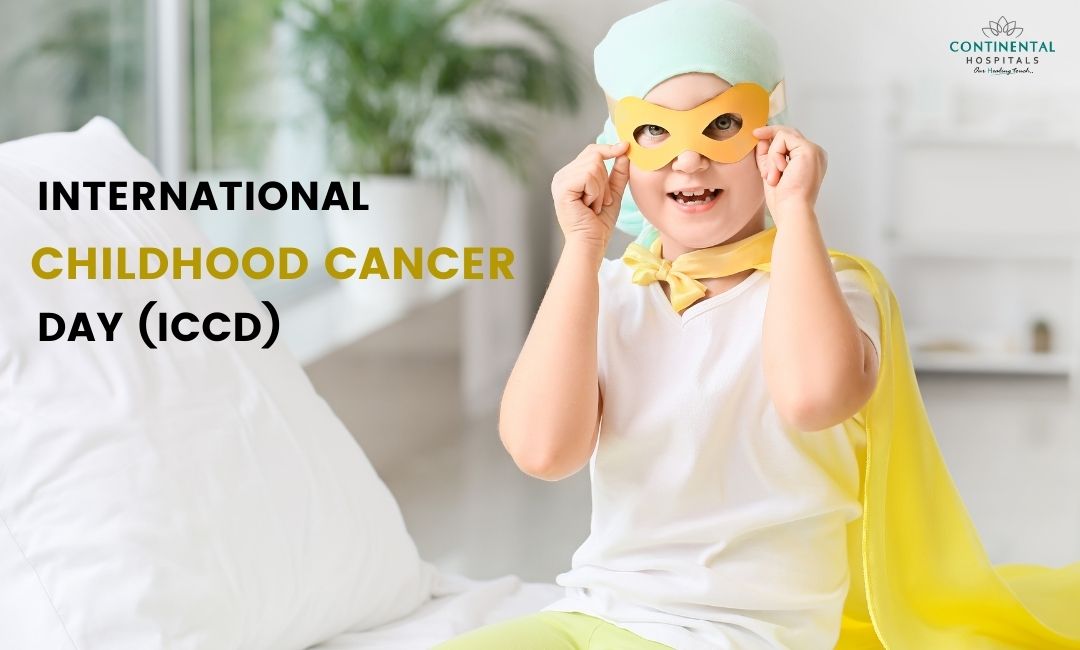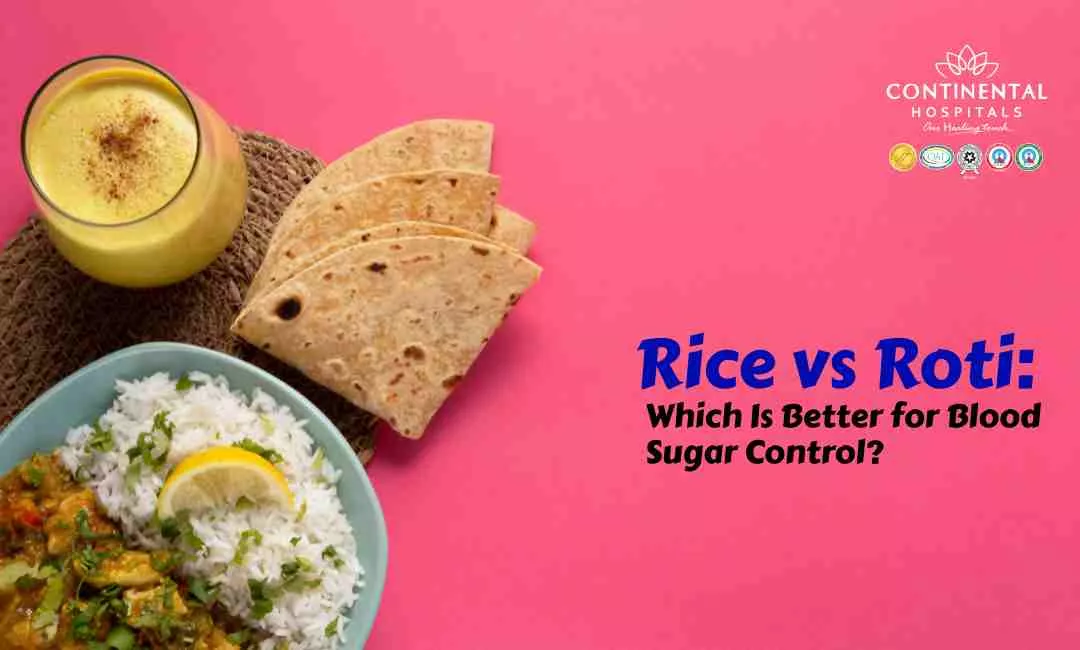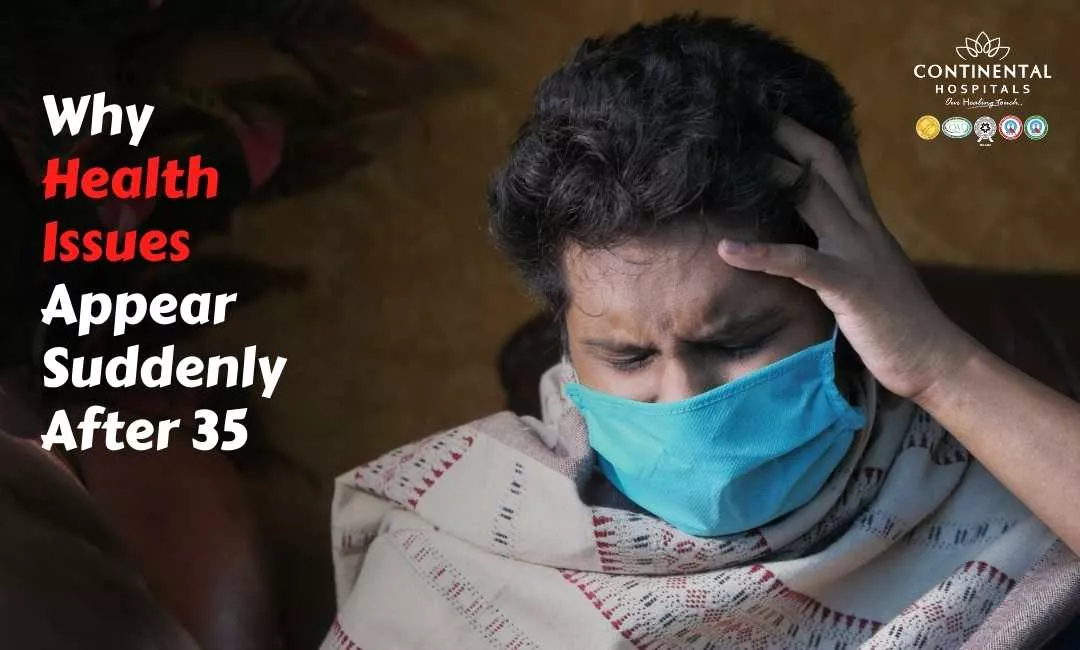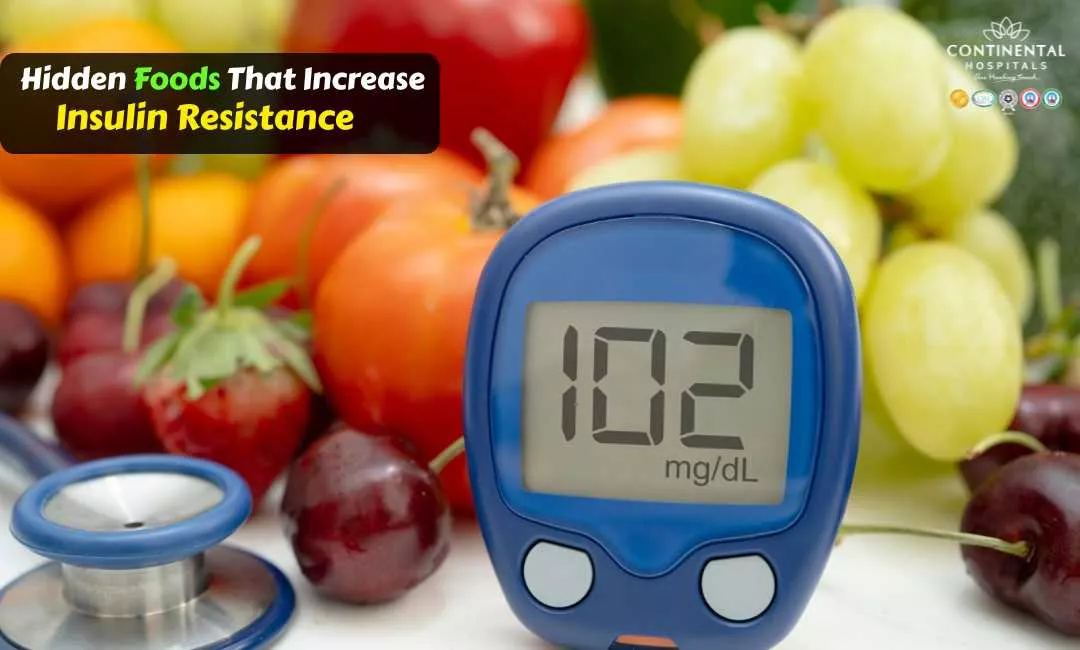International Childhood Cancer Day (ICCD) is observed on February 15th every year, serving as a poignant reminder of the global battle against pediatric cancer. This day is dedicated to raising awareness, promoting early detection, and highlighting the need for improved treatment and support for children battling cancer worldwide.
History of International Childhood Cancer Day (ICCD)
Established in 2002 by Childhood Cancer International (CCI), International Childhood Cancer Day (ICCD) has become a powerful global platform for raising awareness about childhood cancer. This year marks the 23rd ICCD, uniting individuals, organizations, and governments worldwide to fight for a future where every child diagnosed with cancer has access to the best possible care and treatment.
Importance of International Childhood Cancer Day (ICCD)
Childhood cancer, though less common than adult forms, remains a leading cause of death among children aged 5-19 years globally. Over 400,000 children are diagnosed annually, with an estimated 80,000 losing their lives due to the disease. ICCD serves as a crucial reminder that every child, regardless of their background, deserves the chance to fight and win against cancer.
Raising Awareness: ICCD serves as a platform to raise awareness about childhood cancer, its prevalence, and the challenges faced by children diagnosed with cancer and their families. Increased awareness can lead to early detection, timely treatment, and better outcomes.
Advocacy for Policy Change: ICCD provides an opportunity for advocates, healthcare professionals, policymakers, and communities to come together to advocate for policies that prioritize childhood cancer research, treatment, and support services. This can lead to improved access to quality care and resources for children with cancer.
Support for Patients and Families: ICCD shines a spotlight on the experiences of children battling cancer and their families. It fosters support networks, encourages fundraising efforts for pediatric cancer research and support programs, and highlights the importance of emotional and psychosocial support for affected families.
Global Collaboration: ICCD encourages global collaboration among healthcare professionals, researchers, organizations, and policymakers to address the challenges of childhood cancer on a global scale. Sharing best practices, research findings, and resources can lead to improved treatment outcomes and quality of life for children with cancer worldwide.
Promotion of Equity and Access: ICCD underscores the importance of ensuring equitable access to cancer care for all children, regardless of their geographical location, socioeconomic status, or other factors. It highlights the need to address disparities in access to healthcare services and resources to improve outcomes for all children with cancer.
If you or someone you know is concerned about childhood cancer, it's crucial to seek medical advice from a Cancer Specialist.
Types of Childhood Cancer:
Leukemia: This is the most common type of childhood cancer, accounting for about 30% of all childhood cancers. Leukemia affects the blood and bone marrow, leading to abnormal production of white blood cells. The two main types in children are acute lymphoblastic leukemia (ALL) and acute myeloid leukemia (AML).
Brain and Central Nervous System (CNS) Tumors: These tumors can develop in various parts of the brain or spinal cord. They include medulloblastomas, gliomas, ependymomas, and others. Brain tumors are the second most common type of childhood cancer.
Neuroblastoma: This cancer develops from immature nerve cells in different parts of the body, most commonly in the adrenal glands, located on top of the kidneys. It typically occurs in infants and young children.
Wilms Tumor (Nephroblastoma): This is a type of kidney cancer that primarily affects children, usually between the ages of 3 and 4. It originates in the kidneys and may also spread to other parts of the body.
Lymphoma: Lymphomas are cancers that affect the lymphatic system, which is part of the body's immune system. The two main types of lymphoma in children are Hodgkin lymphoma and non-Hodgkin lymphoma.
Rhabdomyosarcoma: This is a type of soft tissue sarcoma that develops in the muscles attached to bones or in hollow organs such as the bladder or uterus. It is one of the most common soft tissue sarcomas in children.
Retinoblastoma: This cancer develops in the retina of the eye and primarily affects young children. It can occur in one or both eyes and may lead to vision loss or blindness.
Osteosarcoma: This is the most common type of bone cancer in children and adolescents. It typically develops in the bones around the knee, but it can also occur in other bones.
Ewing Sarcoma: Another type of bone cancer, Ewing sarcoma usually affects the long bones of the body, such as the legs, arms, or pelvis. It mainly occurs in older children and teenagers.
Prevention of Childhood Cancer:
Avoiding exposure to carcinogens: Minimizing exposure to known carcinogens such as tobacco smoke, radiation, certain chemicals, and environmental pollutants can reduce the risk of developing cancer.
Promoting healthy lifestyles: Encouraging children to adopt healthy habits such as eating a balanced diet rich in fruits and vegetables, engaging in regular physical activity, maintaining a healthy weight, and limiting exposure to harmful substances can lower their risk of cancer.
Immunizations: Ensuring that children receive recommended vaccinations can help prevent infections that are linked to certain types of cancer, such as human papillomavirus (HPV) vaccination to prevent cervical cancer and hepatitis B vaccination to prevent liver cancer.
Genetic counseling and testing: For children with a family history of cancer or genetic syndromes associated with an increased risk of cancer, genetic counseling and testing can help identify individuals who may benefit from increased surveillance or preventive measures.
Sun protection: Limiting exposure to ultraviolet (UV) radiation from the sun and tanning beds, and practicing sun safety measures such as wearing sunscreen, protective clothing, and sunglasses, can help reduce the risk of skin cancer.
Regular health check-ups: Routine visits to healthcare providers can help identify any potential health concerns early and facilitate timely interventions or screenings for conditions that may increase the risk of cancer.
Educating caregivers and healthcare professionals: Providing information and resources to parents, caregivers, teachers, and healthcare professionals about childhood cancer risk factors, signs, and symptoms can help facilitate early detection and prompt medical attention.
International Childhood Cancer Day serves as a poignant reminder of the global impact of pediatric cancer and the ongoing efforts to improve outcomes for affected children and families. By raising awareness, fostering collaboration, and advocating for change, we can strive towards a future where every child has access to timely diagnosis, effective treatment, and compassionate care, ultimately leading to brighter prospects and better quality of life for young cancer survivors worldwide.
If you or someone you know is concerned about childhood cancer, it's crucial to seek medical advice from a Cancer Specialist.
Related Blog Post:
1. What Is Cancer? Symptoms, Signs, Types & Causes
2. Early detection tips for common cancers
3. Debunking myths and misconceptions about cancer
4. How Regular Screenings Can Save Lives from Cancer
.webp)














